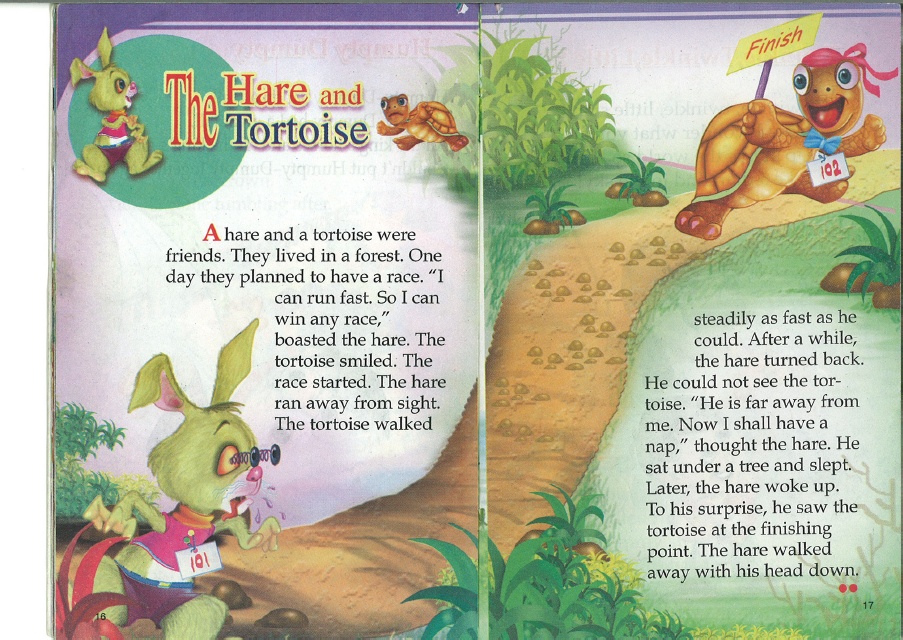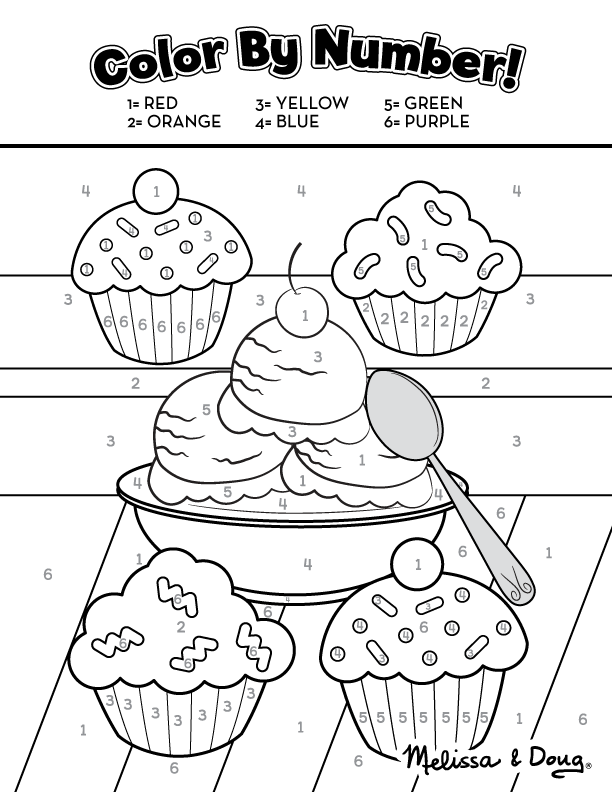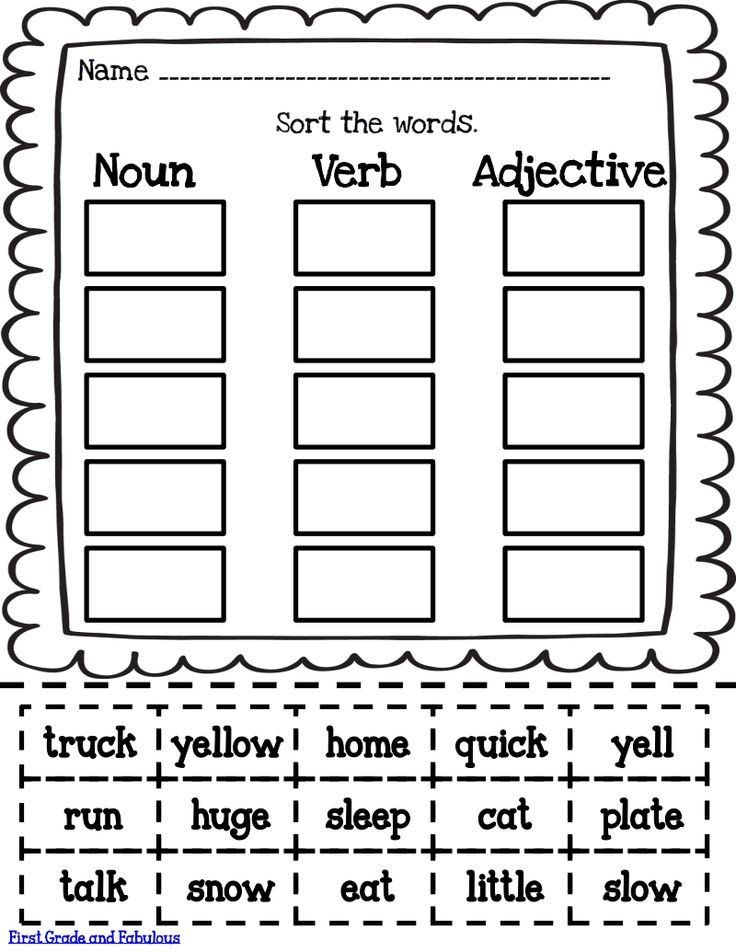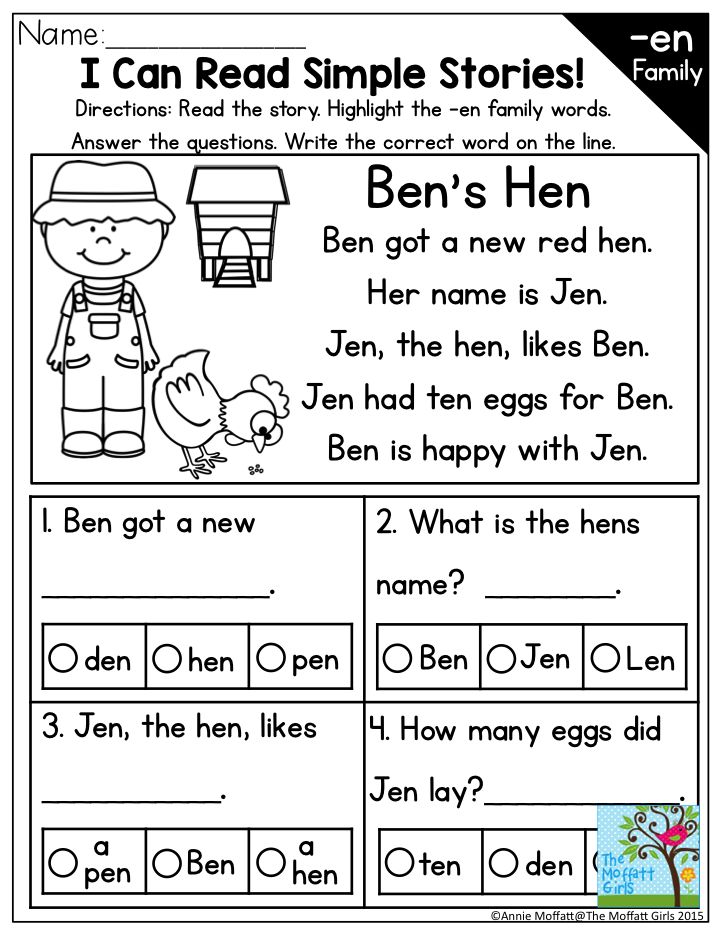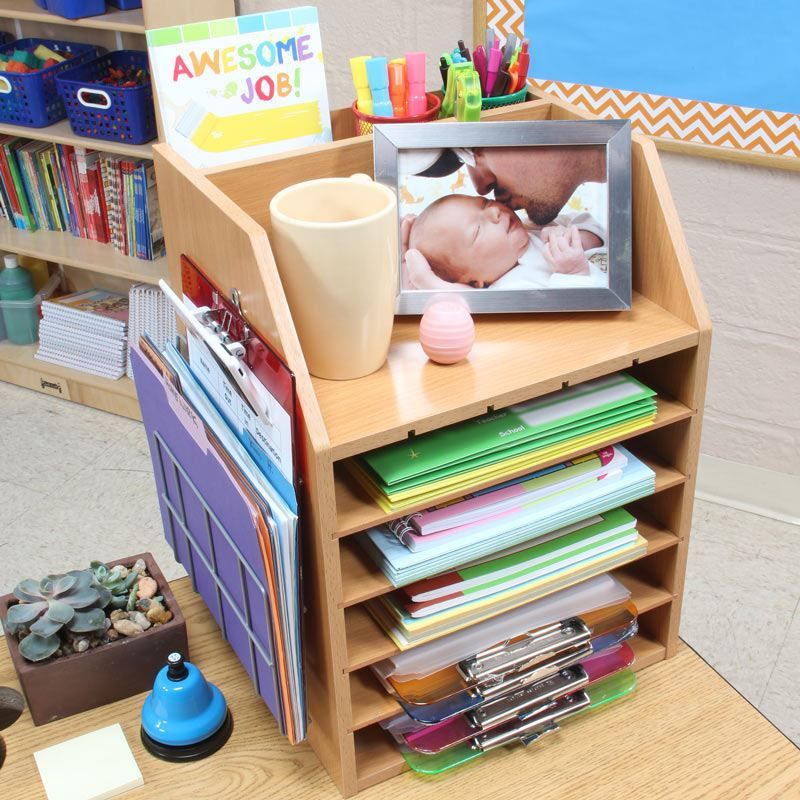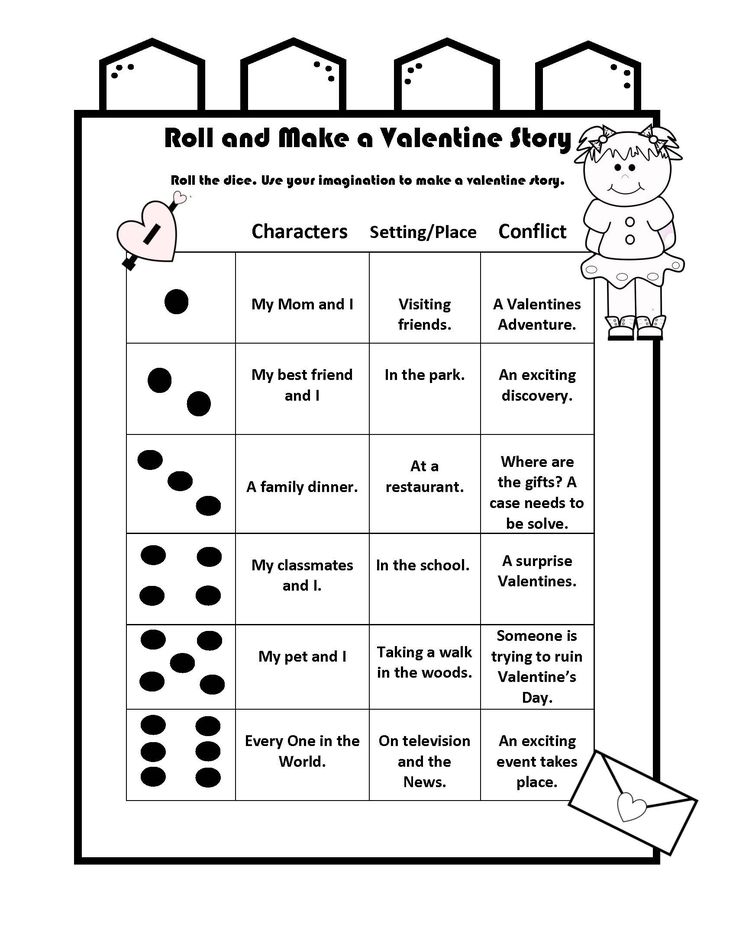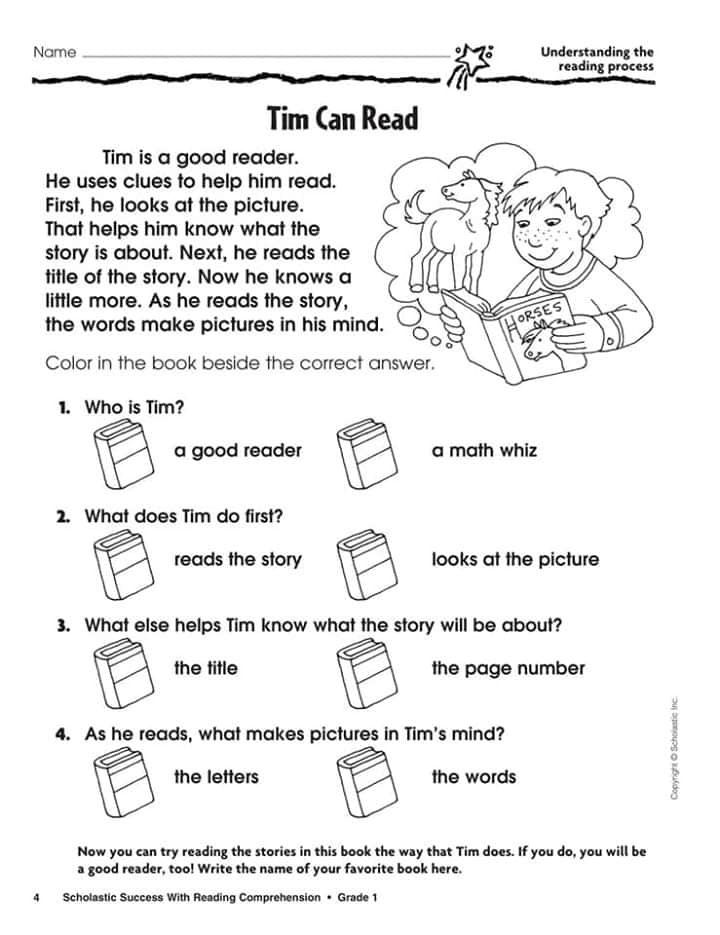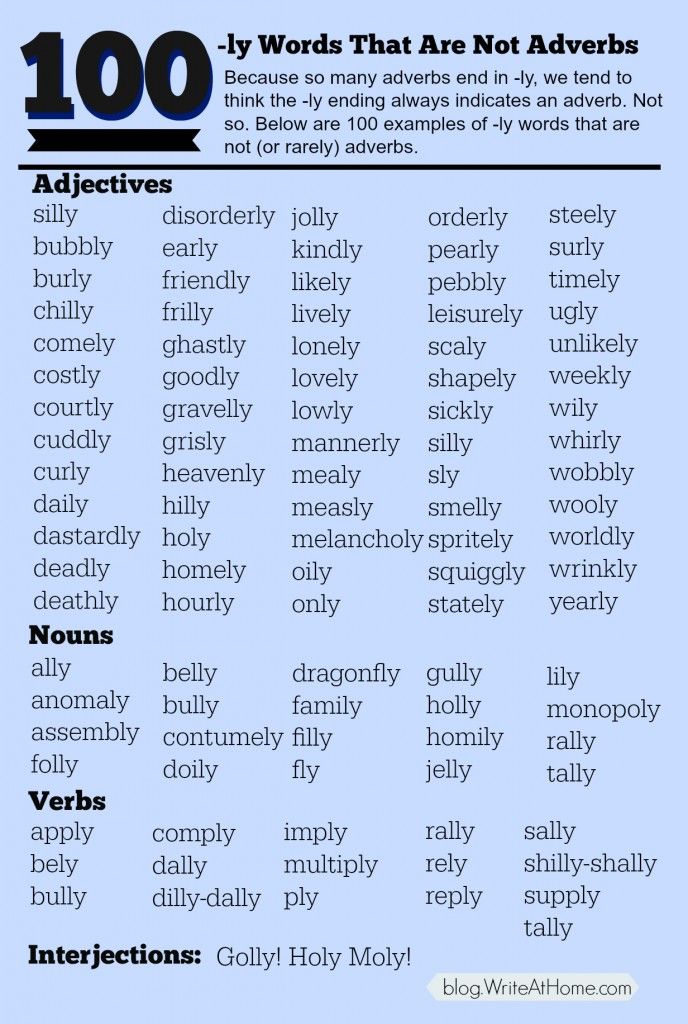All about letters
Top 10 Activities for Letter Knowledge + FREE Downloads!
by Marie Rippel
What Is Letter Knowledge?
Letter knowledge–one of the first stepping stones on the path to reading–develops as a child is exposed to letters through play and through planned activities. A child who has achieved letter knowledge recognizes all the letters of the alphabet, in both capital letter and lowercase form, and knows the names and sounds of each.
Five Signs Your Child has Letter Knowledge
10 Fun Ways to Develop Letter Knowledge
The best way to develop letter knowledge is through a variety of fun, hands-on alphabet experiences. Here are ten activities to enjoy with your child.
Explore Alphabet Books
For a fun and cozy way to increase letter knowledge, grab some picture books and a blanket and enjoy reading together! Check out our BIG list of Alphabet Picture Books!
Explore the Alphabet with Refrigerator Magnets
Interacting with letters helps children get ready for reading and spelling. Check out 8 Ways to Use Refrigerator Magnets for hands-on activities that can be used again and again to help your child learn his letters.
Cut and Paste the Alphabet
Children should learn and master uppercase letters first and then lowercase letters. Our ABC Crafts for Uppercase and Lowercase Letters are the perfect way to learn them!
Sing the Alphabet Song
Sing the alphabet song to your kids when they are very young. When they get a bit older, they will naturally start singing along.
Match Different Fonts and Styles
Children need to know that letters in text can look different in different fonts, and that printed letters look different from handwritten letters. The activities in this blog post will help!
Associate Letter Names with the Sounds They Make
Help your child associate letter names with the sounds the letters make. For example, point out the word pizza on the pizza box and say, “We’re having pizza tonight. Pizza starts with P.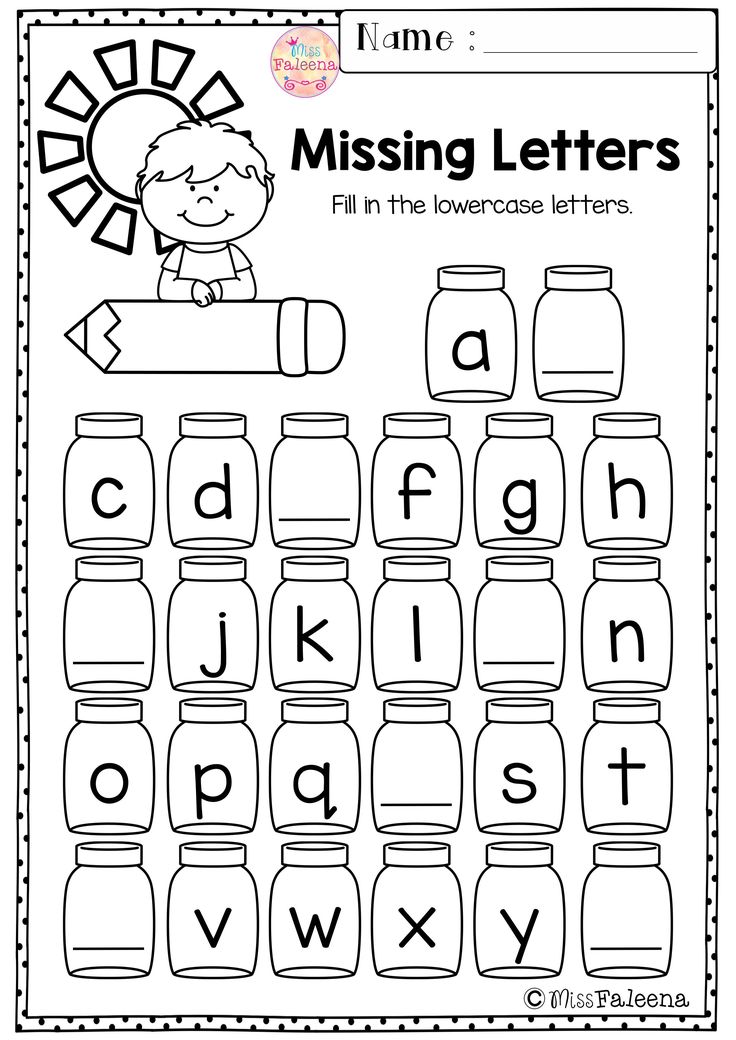 P says /p/ as in pizza.”
P says /p/ as in pizza.”
Wear the Alphabet
ABC Bracelets are the perfect letter-of-the-week craft activity. Your child will love being able to admire his letter just by glancing at his wrist.
Feed the Puppy Some Letters
If your little one loves puppies, this is sure to be a hit. Our Feed the Puppy Alphabet Game helps kids practice the alphabet in a fun way.
Inch Through the Alphabet
Practice recognizing letters and placing them in a-b-c order as you inch your way through the alphabet with this colorful caterpillar.
Letter Knowledge Is One of the Big Five Skills
Letter knowledge is one of the five critical skills for reading readiness that we call the Big Five Skills. The other four skills are:
- Print awareness
- Phonological awareness
- Listening comprehension
- Motivation to read
If you’re ready to tackle the rest of the Big Five Skills, be sure to check out the All About Reading Pre-reading program.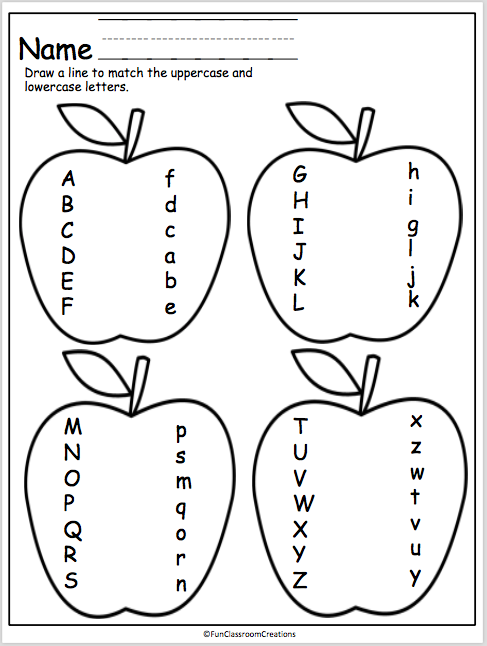 Your student will enjoy special games, crafts, and story time read-alouds, and you will love the way your student effortlessly learns essential pre-reading skills.
Your student will enjoy special games, crafts, and story time read-alouds, and you will love the way your student effortlessly learns essential pre-reading skills.
Do you have any questions about letter knowledge? Post in the comments below!
How to Teach the Alphabet to Preschoolers + 8 Free Printable Activities
by Marie Rippel
Is your preschooler ready to learn the alphabet? If so, this post is for you! Jam-packed with letter recognition activities designed to help you teach the alphabet, this post contains enough fun to keep your child busy for months!
Read on to discover more about this valuable pre-reading skill for young children, or scroll down to download eight of our free, top-quality letter recognition activities.
What Is Letter Recognition?
Letter recognition—also known as alphabet recognition—is the ability to:
- distinguish between the 26 letters of the alphabet
- say the letter name
If your child already knows “The Alphabet Song,” that is a great start! But there is more to letter recognition than being able to sing the ABCs. You want your child to be able to pick out the individual letters and name them, and that’s where the downloadable activities that follow really shine.
You want your child to be able to pick out the individual letters and name them, and that’s where the downloadable activities that follow really shine.
Advantages of Learning the Letter Names
Children who know the names of the letters have three major advantages:
- Kids who know letter names will learn the sounds of the letters much more easily. By contrast, children who don’t know the letter names often have tremendous difficulty in learning the sounds of the letters.1
- Children who can easily name the letters of the alphabet have an easier time learning to read.2, 3
- As they learn the letter names, children tend to be more motivated to discover more about the letters and about the words around them.4, 5, 6
So you know that teaching the letter names is important, but now you may be wondering…
Should Uppercase or Lowercase Letters Be Taught First?
Developmentally, it will be easier for your child to learn capital letters first.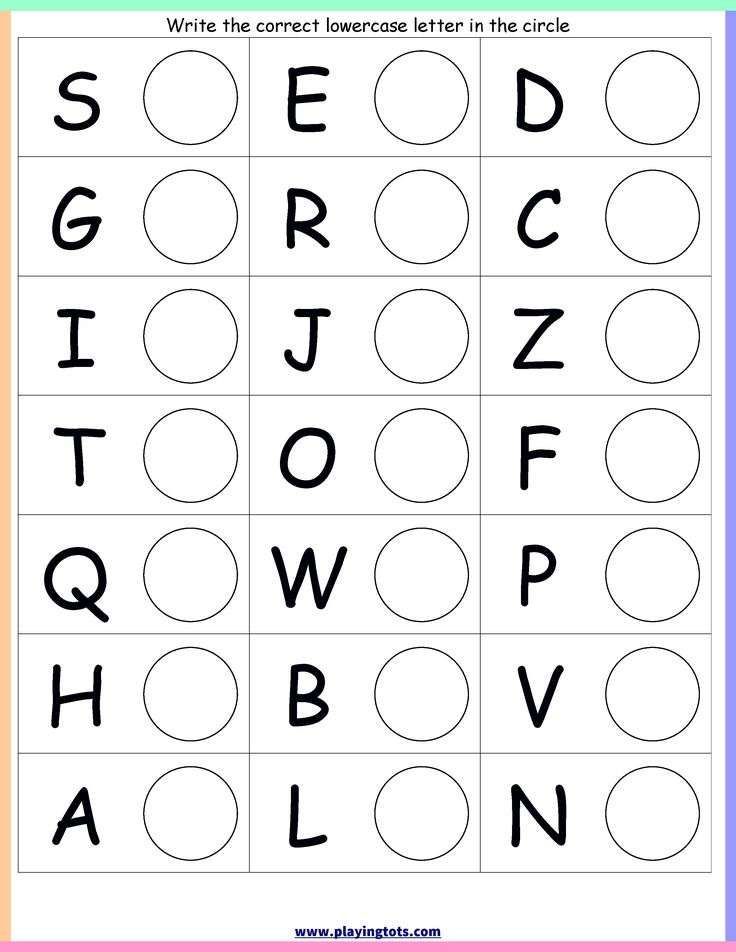 That’s because the visual form of the capital letters is more distinct. Take a look at this row of capital letters:
That’s because the visual form of the capital letters is more distinct. Take a look at this row of capital letters:
A B C D E F G H I J K L M N O P Q R S T U V W X Y Z
The only letters that could be flipped and mistaken for another letter are M/W.
Now take a look at this row of lowercase letters:
a b c d e f g h i j k l m n o p q r s t u v w x y z
With the lowercase letters, there are several pairs of letters that could be flipped.
- b/d (flip on the vertical axis)
- b/p (flip on the horizontal axis)
- d/p (flip on the horizontal and vertical axis)
- p/q (flip on the vertical axis)
- n/u (flip on the horizontal and vertical axis)
So that’s why I recommend starting with the “easier” uppercase letters.
But what about the fact that most text is composed of lowercase letters? After all, this sentence has 57 letters, and only one of them is uppercase. Doesn’t it stand to reason that kids should learn the lowercase letters first?
The fact is that your child will learn all of the letters–uppercase and lowercase–before he learns to read.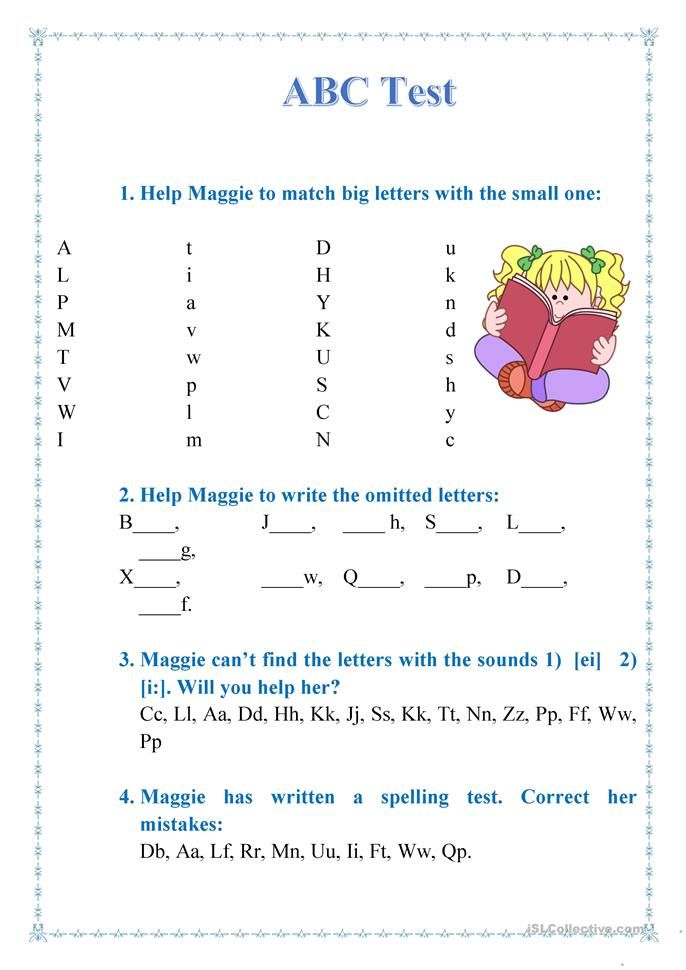 So why not start with the letter form that is easiest to learn?
So why not start with the letter form that is easiest to learn?
Honestly though, it isn’t critical. If you want to teach lowercase letters first, that is fine. Just be aware that some kids do mix up those letters mentioned above. (And here’s help if your child already reverses similar letters such as “b” and “d”.) The most important thing is that your child has an enjoyable introduction to the alphabet, and that she can recognize the letters with confidence.
Now let’s dig in to the fun stuff!
Here Are 8 Free Letter Recognition Activities You Can Download!
Creating the Alphabet with Building Blocks
Creating the alphabet with colorful bricks is a fun way for preschoolers to become more familiar with letters and enjoy a favorite playtime activity—building!
ABC Playdough Mats
Crafting letters out of playdough allows children to feel the alphabet as they roll and bend the dough to form the letters. Your child may not even realize he’s learning!
ABC Caterpillar
As your child inches his way through the alphabet with this colorful caterpillar, he’ll get plenty of hands-on alphabet play, including putting letters in alphabetical order.
ABC Bracelets
Your little one will admire her “letter of the day” every time she glances at her wrist. And tomorrow she’ll get a brand new bracelet to “show off” to family and friends!
Tactile Letter Cards
Children learn about the world around them through their senses. Our tactile letter cards let children use their sense of touch to learn about uppercase and lowercase letters.
Make Your Own Fabric Alphabet
Playing with the alphabet is a great way to help your preschooler get ready to read. This easy-to-make, soft, and colorful alphabet turns learning letters into a tactile activity.
“Feed the Puppy” Alphabet Game
Our “Feed the Puppy” Alphabet Game lets kids practice the names of the letters in a super-fun way. After all, who doesn’t love learning with a cute puppy?
Alphabet Picture Books
Alphabet picture books are the perfect way to increase letter knowledge. No crafty mess required! All you need are books, a comfy couch, and a cuddly preschooler.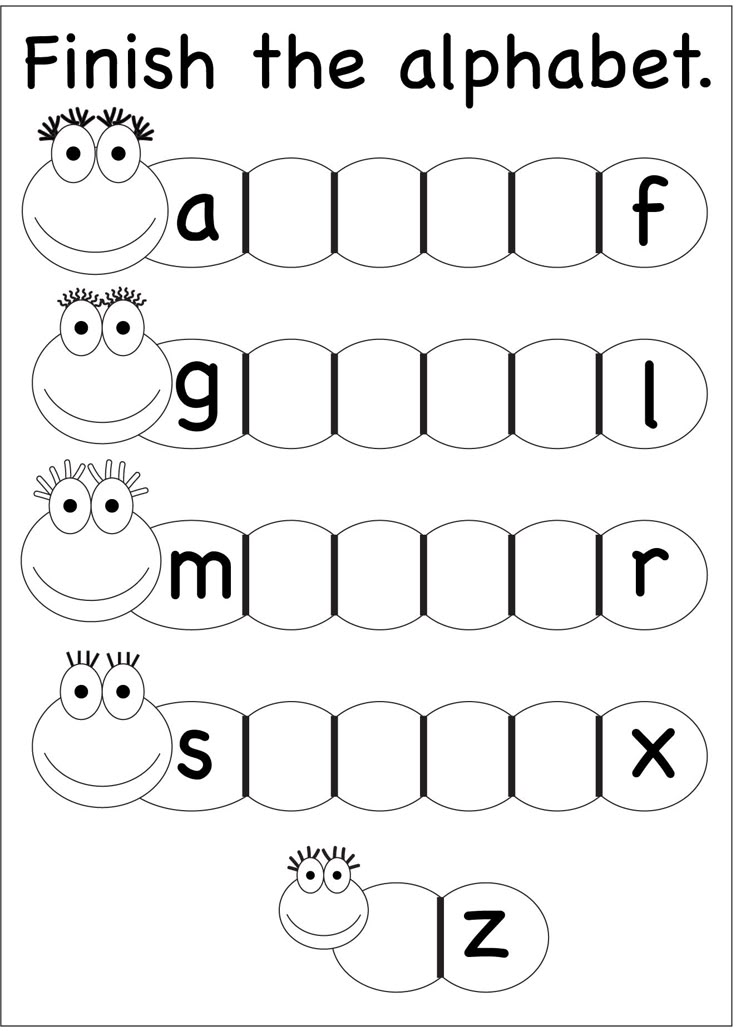
These activities will give your child hours and hours of fun while helping prepare him for formal reading instruction.
Keep Track of Which Letters Your Child Knows
When you are teaching letters to your child, make sure that you get to the end of the alphabet. This may seem obvious, but all too often, young children don’t master the last several letters. Be sure that your child knows U, V, and W as well as he knows A, B, and C!
To help you keep track of which letters have been learned, you can download this great little alphabet progress chart. Post it on your fridge or playroom wall.
Letter Knowledge Is One of the Big Five Skills
Did you know that there are five skills that your child should master before beginning formal reading instruction? We call them the “Big Five Skills” and these skills lay the foundation for learning to read. In fact, they’re so important that we cover all of them in the All About Reading Pre-reading program.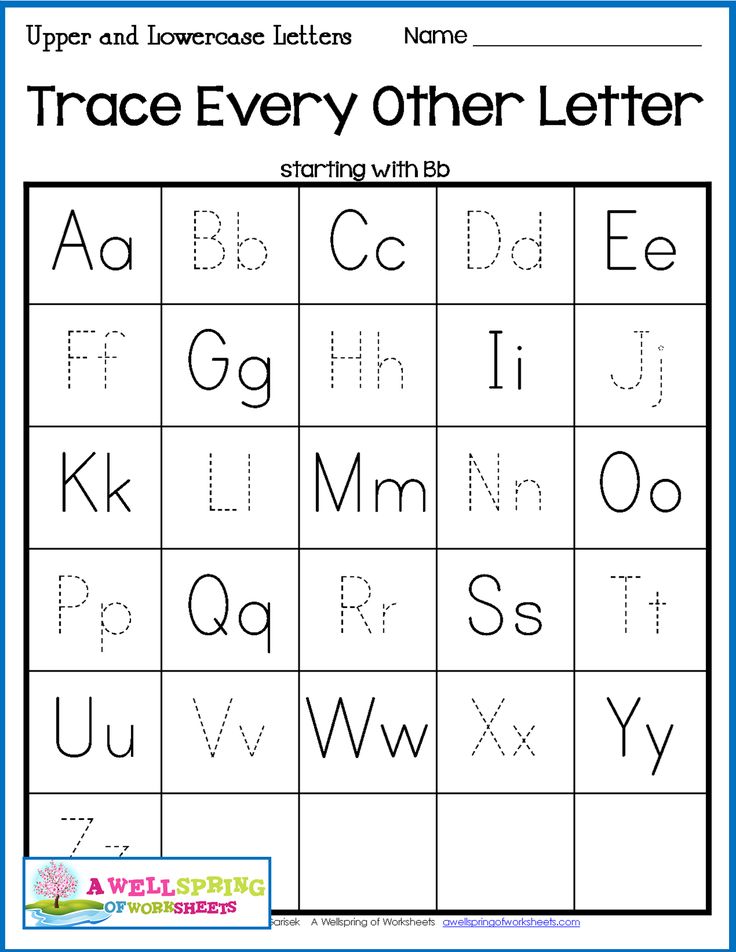
If you’re ready to tackle the rest of the Big Five Skills, be sure to check out the All About Reading Pre-reading program. Your student will enjoy special games, crafts, and story time read-alouds, and you will love the way your student effortlessly learns essential pre-reading skills.
Which of these letter recognition activities are you going to try out first? Let me know in the comments below!
___________________________________
1. Mason, Jana M. (1980). When do children begin to read: an exploration of our year-old children’s letter and word reading competencies. Reading Research Quarterly, 15, 203-227.
2. Bond , Guy L., and Dykstra, Robert (1967). The cooperative research program in first-grade reading instruction. Reading Research Quarterly, 2, 5-142.
3. Chall, Jeanne S. (1967). Learning to read: The great debate. New York: McGraw-Hill.
4. Chomsky, Carol (1979). Approaching reading through invented spelling.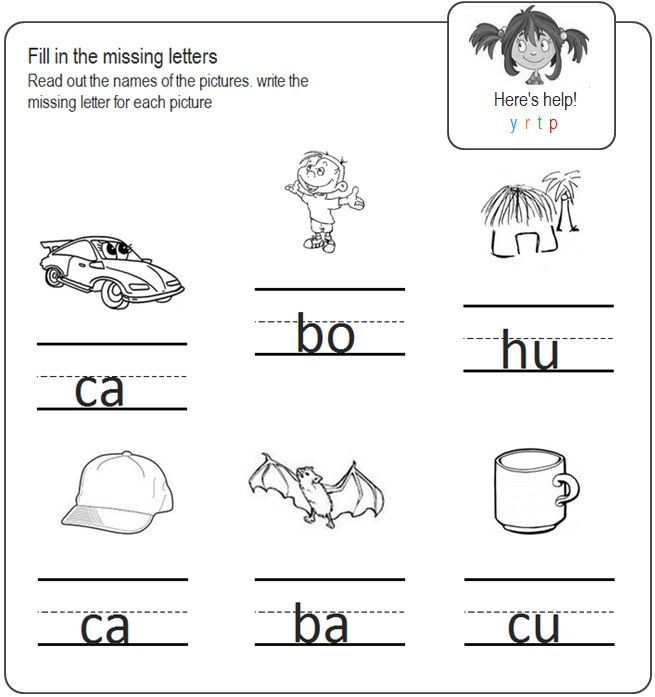 In L. B. Resnick and P. A. Weaver (eds.), Theory and practice of early reading, vol. 2, 43-65. Hillsdale, NJ: Erlbaum Associates.
In L. B. Resnick and P. A. Weaver (eds.), Theory and practice of early reading, vol. 2, 43-65. Hillsdale, NJ: Erlbaum Associates.
5. Mason, Jana M. (1980). When do children begin to read: an exploration of our year-old children’s letter and word reading competencies. Reading Research Quarterly, 15, 203-227.
6. Read, Charles (1971). Preschool children’s knowledge of English phonology. Harvard Educational Review, 41, 1-34.
How handwritten letters help us through hard times
- Melissa Bunigan
- BBC Travel
Photo copyright, Melissa Banigan
Photo caption,The author's grandparents experienced a love affair exclusively by correspondence - during World War II
Handwriting a letter and receiving the same in return can be a balm for the soul amid cacophony the world around us, consisting of unpleasant news, frightening statistics and social media misinformation.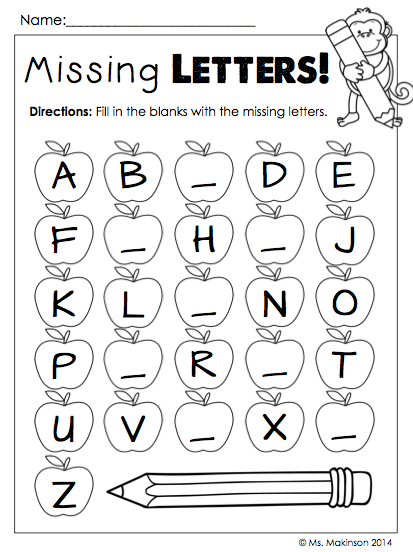 If no one writes to you, find the old front-line letters from your grandfather (or great-grandfather) and reread them. You will not regret.
If no one writes to you, find the old front-line letters from your grandfather (or great-grandfather) and reread them. You will not regret.
Like many other lovers during the Second World War, my American grandparents' romance proceeded exclusively by correspondence - from the beginning of courtship in 1944 until the telegram that my grandmother received a year and a half later: "LOVE WILL BE HOME FOR BREAKFAST KISS JIN."
Although the letters that my grandmother wrote to her future husband were lost forever, she kept the letters of her grandfather until her death in 2005.
My cousin Brooke inherited a box of them. In 2014, she also died. After that, her mother sent them to me in Brooklyn.
Before finally reaching my hands, the letters had to travel for half a century - through two countries, across the ocean. They outlived many of the people I loved with all my heart. And it would not be an exaggeration to say that these letters are my most precious family heirloom.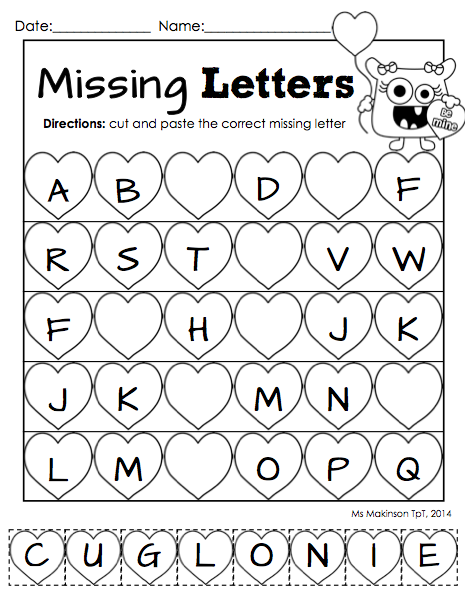
I cried when I read them for the first time. During the previous ten years, I had lost several family members and friends to illness or accidents, and I myself once played with death, bedridden in intensive care due to sepsis caused by pneumonia.
The letters arrived just as I was slowly recovering. I started reading and was amazed.
Despite the dark cloud of war hanging over the lovers, despite the distance that separated them, grandfather's letters were full of funny front-line stories, humor, hope and love.
- Last Will: How did the photo of a dying American touch the world?
- Will Covid-19 end handshakes forever?
- How the Germans came up with a word that conveys longing for travel
Skip the Podcast and continue reading.
Podcast
What was that?
We quickly, simply and clearly explain what happened, why it's important and what's next.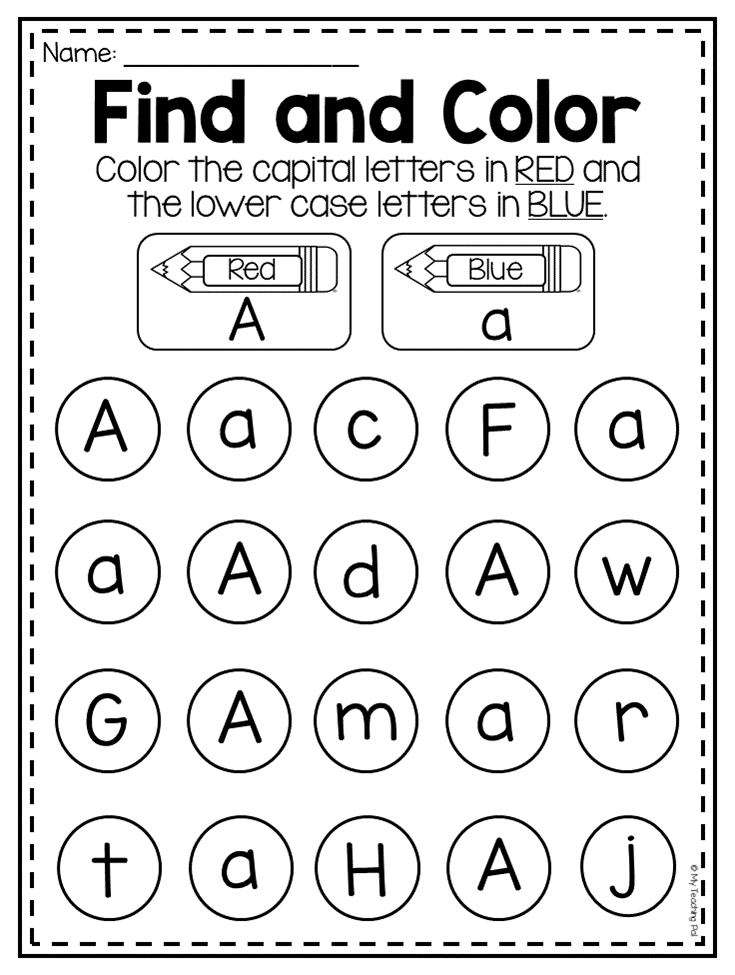
episodes
The End of the Story Podcast
They turned out to be the balm that my aching soul needed so much. Written in his beautiful handwriting, they brought me back to life.
Since then, five years have passed, and I again found myself locked in the walls of my apartment. This time, like billions of people around the world, because of the need to contain the spread of the dangerous coronavirus.
During the first week of self-isolation, I binge read the news and closely followed social media to see how my friends and relatives were doing. Some acquaintances began to talk about their loved ones who had died or were confined to a ventilator. New York Governor Andrew Cuomo has warned that the virus is spreading across the state "faster than a bullet train."
And soon my nerves were on edge due to the ongoing onslaught of harsh reality, frightening statistics and disinformation.
And I again turned to my grandfather's front-line letters - this time trying to use them to cope with my growing anxiety every day.
Photo copyright, Melissa Banigan
Photo caption,Mary and Eugene (Jean) Banigan were married on August 29, 1945
"Social media is a double-edged sword," psychotherapist Roberta Borden Wilson later told me. They help to keep in touch with the outside world, she explained, but at the same time they force communication every minute, a quick response, leaving no time to filter out negative posts.
Negative feelings can trigger the release of stress hormones in our brains, which increase blood pressure, increase anxiety, increase depression, which can even lead to substance abuse and addiction.
All this makes us more susceptible to contracting the virus, warns Borden Wilson.
I was almost certain that it was social media that increased my pressure, and rereading my grandfather's letters from the front helped me to tame my anxiety a little.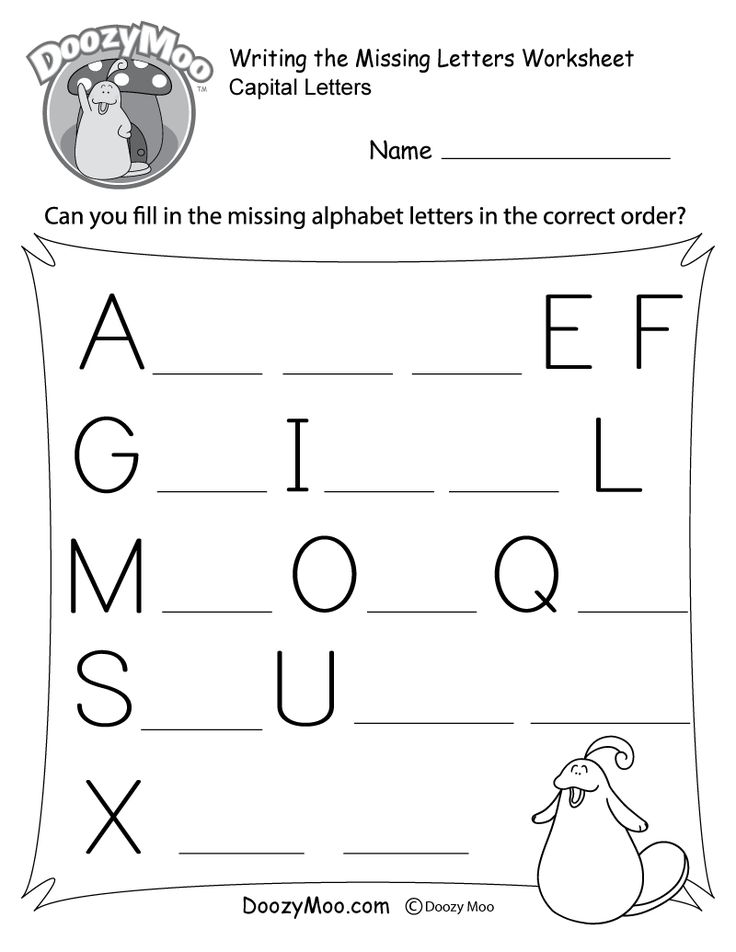
The hard world around me began to soften and melt as I read the following lines, written in the middle of 1945 in Joigny, France, southeast of Paris, when my grandfather was 22 years old.
"My dearest, beloved Mary. Lying on my bed, from time to time I glance out the window, behind which opens a wide field with a canal and a river. Now it looks so peaceful that it is impossible even to think that only a year ago on this battles were fought on the ground. The grass is green and the trees in the neighboring forest are tall and strong. The evening sun illuminates the pale blue sky with its rays. The narrow path along the canal seems to be intended for lovers like you and me. "
I asked Borden Wilson if the feeling of peace and tranquility that I experienced while reading my grandfather's letter was due to the fact that it was written by hand and if there is a difference in reading and writing such letters from social media posts.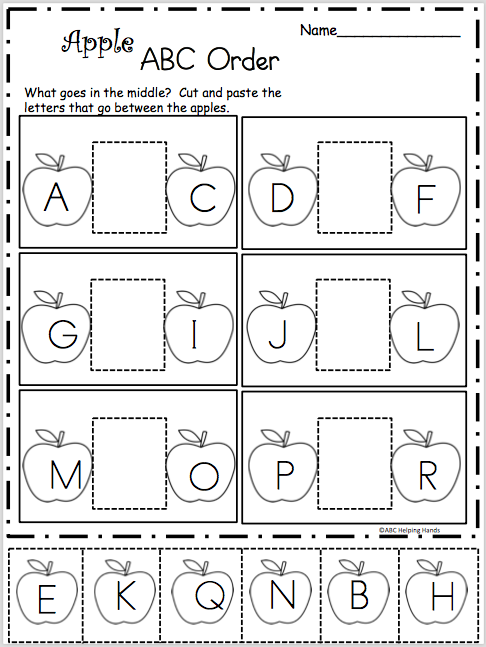
Photo copyright, Melissa Banigan
Photo caption,Heirloom letters full of hope and love
"Absolutely," she replied. "Writing by hand triggers what we call mindfulness in psychotherapy." When we take up a pen, we begin to think more analytically, we treat what we write more thoughtfully, we do it more meaningfully.
This process makes us bring out the best in ourselves and encourage others. And we don't get into the social media verbal diarrhoea."
My grandfather was an American army sergeant, a paratrooper who jumped from planes during the war in France. His friends were scattered throughout the theaters of war, from the Pacific to the European. And he didn't even know if he would ever return home to his beloved.0011
"I love you so much that I feel at one with you. I want to make plans for my life with you. Someday, if my dreams come true, I will ask you to be my wife."
The phenomenon of front-line letters does not belong exclusively to World War II.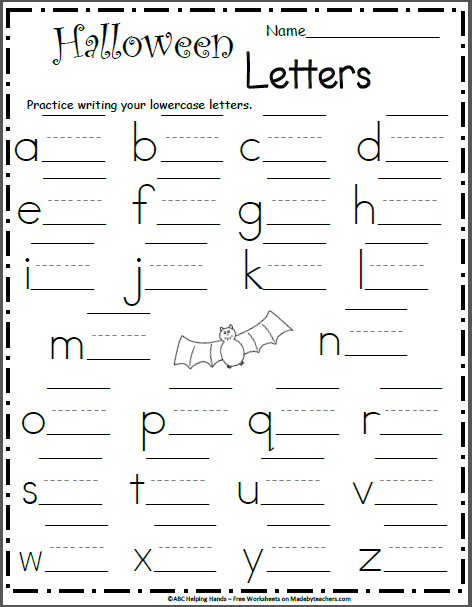 A couple of years ago I visited the Verdun Memorial ("The Verdun Meat Grinder", the Battle of Verdun, one of the biggest battles of the First World War, lasted from 1916 to 1918), a museum in northeastern France.
A couple of years ago I visited the Verdun Memorial ("The Verdun Meat Grinder", the Battle of Verdun, one of the biggest battles of the First World War, lasted from 1916 to 1918), a museum in northeastern France.
Set in the pastoral countryside that was once a bloody battlefield, this museum is filled with guns, uniforms and field artillery. However, what struck me most of all were the personal belongings that the soldiers never parted with, carrying them close to their hearts, and the letters they wrote in the trenches to their loved ones.
- Juliet's Club. "I answer love letters from all over the world"
- Handwriting is dying... Will it die?
I spoke to Nicolas Chubak, head of the education and information section of the exhibition in Verdun, about these letters. Regardless of their background and social status, "all soldiers and their families confronted the terrible reality of war.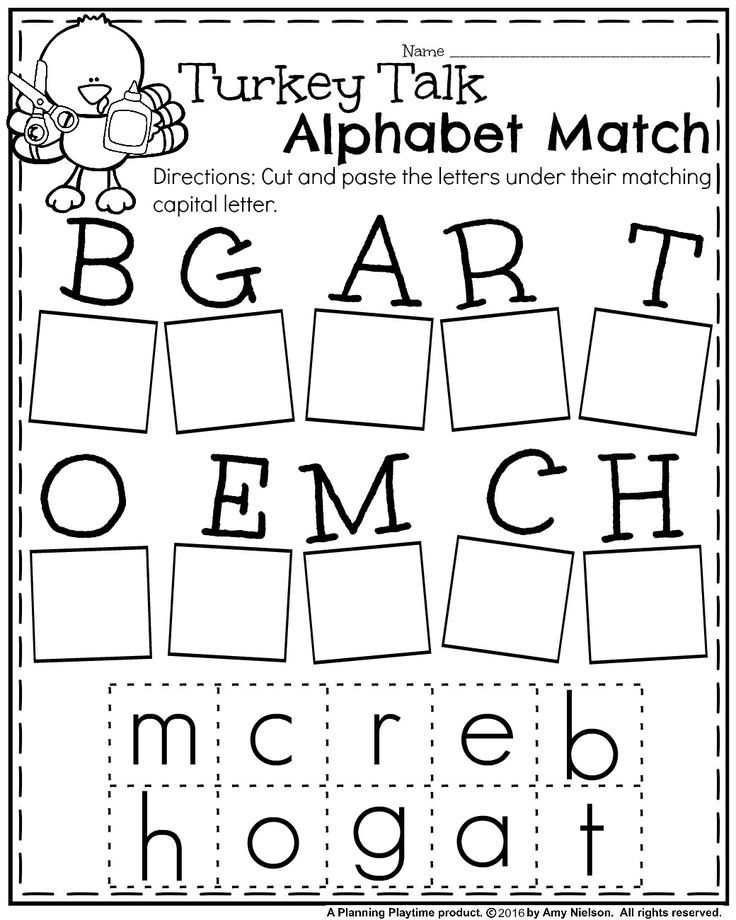 And yet optimism, hope for life and even humor - that's what we find in their letters," Chubak told me.
And yet optimism, hope for life and even humor - that's what we find in their letters," Chubak told me.
Letters were a way for the soldiers to "show that they can do something other than destroy enemy soldiers," he stressed. "It helped distract them from the horrors of war."
Chubak believes wartime letters teach us patience and give us the hope and confidence we need to face the most difficult circumstances.
"A serious danger hangs over us now," he says. "But we need to keep a cool head and keep everything in perspective, not forgetting what people who went through the First and Second World Wars had to endure."
Photo by Melissa Banigan
Photo captionThe author of this article was with his grandparents as a child. 1976
Like Borden Wilson, Chewback believes that writing letters makes a person more consciously share their thoughts with others: "When you write a letter, you can take your time, pause, think.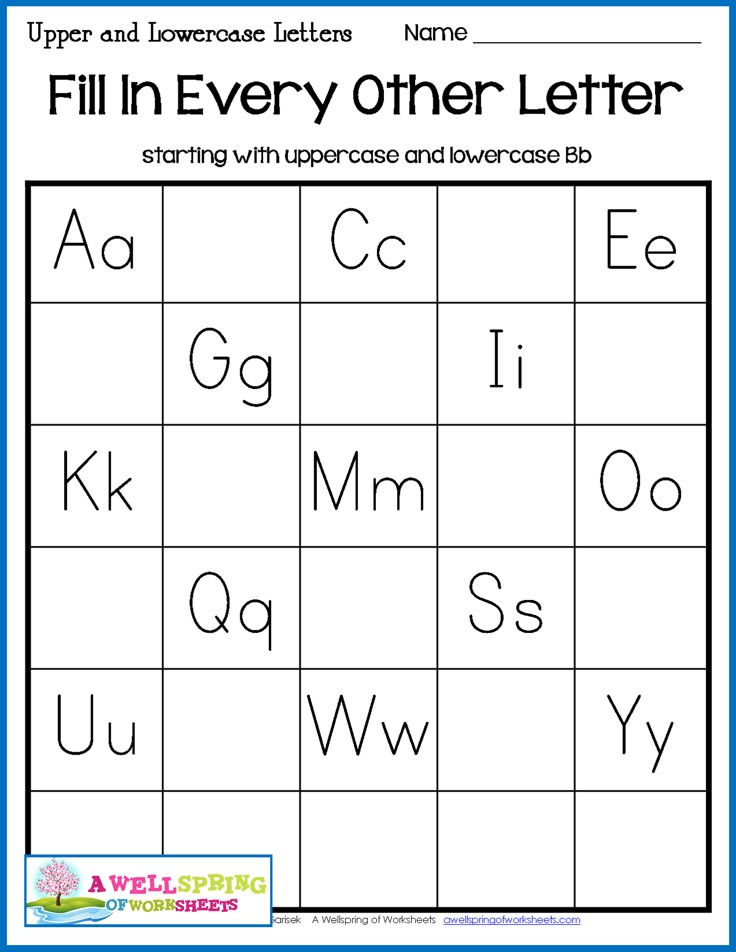 You are not in a hurry to react to what just happened, thus avoiding the spread of panic and fake news."
You are not in a hurry to react to what just happened, thus avoiding the spread of panic and fake news."
Rereading my grandfather's letters clarified for me what I was missing in social networks. My grandfather is remembered by many as a difficult person, but his letters demonstrate his generosity and modesty.
He tried to be the best, but he didn't pretend to be the best. And he followed the advice given to his students by many great writers: show, don't tell.
Grandfather showed his future wife the world through his eyes. He wrote to her about sunsets, describing the canals, the wide fields, the trees rising up into the clear blue sky. This world was ready to open like a beautiful flower bud, right in her palms.
This is what American infantryman and historian Paul Fussell said about the letters of World War II, and his thoughts are still relevant today: “Letters were a huge comfort. And mail was vital. We would not have won the war without it.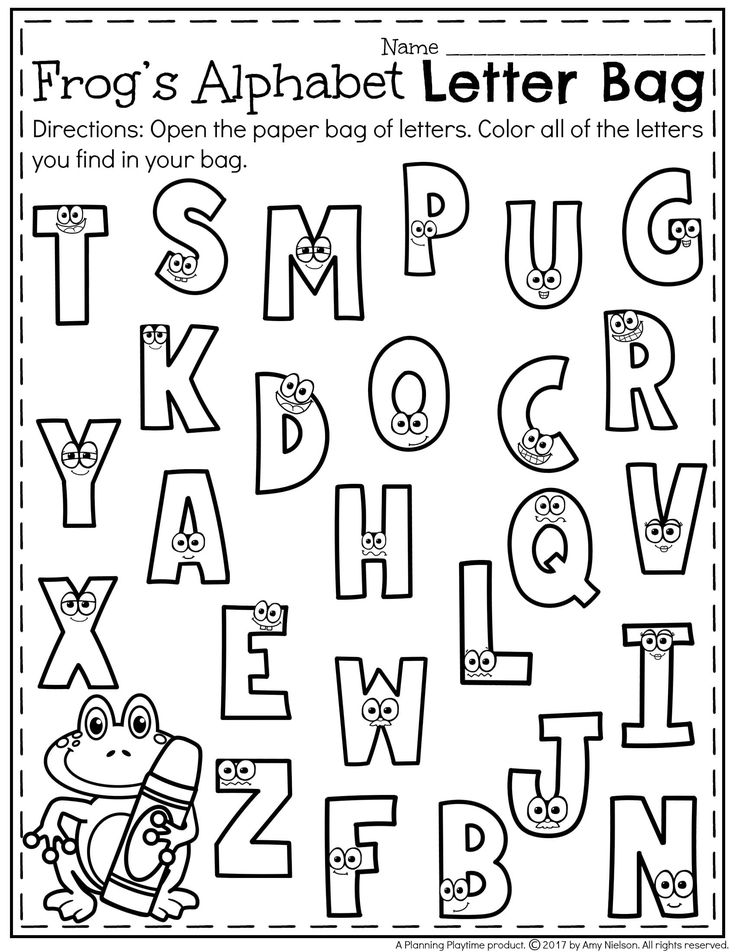 Letters were incredibly important as a motivator for the troops. The message of the incoming mail each time gave rise to delight. "
Letters were incredibly important as a motivator for the troops. The message of the incoming mail each time gave rise to delight. "
My grandfather's letters inspired me to write my own letters. Like his, mine didn't offer anything particularly educational, nothing particularly intelligent. They were simply a way to keep in touch with family and friends during these dark times in human history, they muted the cacophony of digital communications.
Social networks are somewhat like God - they are omnipresent, they are everywhere. But this property of them suppresses the good feelings that we experience. Letters, on the other hand, capture the most human moments of our lives and leave them in eternity for posterity. It is at such moments that I feel closest to friends and loved ones and feel a glimpse of the divine.
Photo copyright Melissa Banigan
Photo captionLetters are a way to keep in touch with family and friends during these dark times in human history
What lessons do we hope our descendants will learn from our difficult times?
Some doctors and politicians are comparing the fight against the virus to fighting an invisible enemy, and I wonder how Mary and Eugene Bunigan would respond to the recent statement by UN Secretary-General António Guterres, who said that the current global health crisis is the most serious since World War II.
I spent many hours on my grandfather's front-line letters, and I suspect that in our time he would write about the love that he and his grandmother feel for each other, so that later he would use this love as a reliable support in life - regardless of what lies ahead.
I don't have all the answers, but I hope that future generations will remember that there are millions of ways to support each other - instead of being smart and chastising each other on social media.
I always keep this in mind when I write to someone. My handwritten letters serve the simple purpose of interrupting for a moment the heaviness of disease and death around us and filling our world with simple stories about what I cook for dinner and about the beautiful world that I see outside the window.
I look forward to the day when I mark the end of the coronavirus crisis with a letter similar to my grandfather's telegram: "LOVES WILL BE HOME FOR BREAKFAST.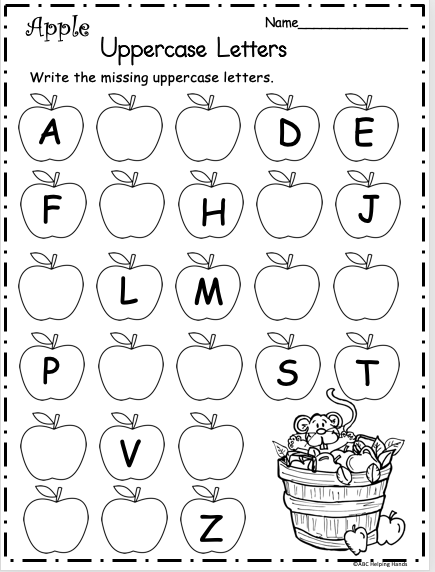 "
"
In the meantime, letters like the one I sent this morning to my mother and stepfather should suffice:
"Dear Mom and Alan, I'm looking out my window at the Verrazano-Narrows bridge connecting my Brooklyn to Staten Island. And I imagine that my letter is the same bridge that allows my words to cross the space from my small apartment to yours living room in Rhode Island.
--
You can read the original English version of this article on the BBC Travel website.
how to correspond with partners
Additional materials
Template: job application
Additional materials
Template: job application
It is impossible to do business without business correspondence - after all, in most cases it can replace a meeting, and therefore save the entrepreneur's time. For business correspondence to be effective, it is important to adhere to etiquette - the letter should not harm, repel a potential partner, client, employer.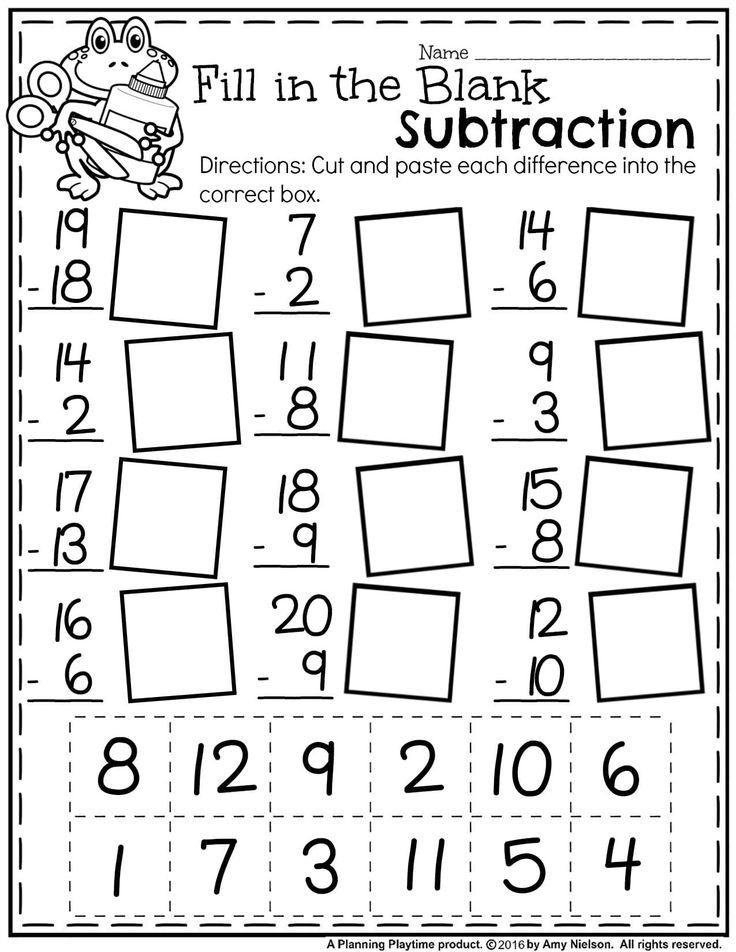
Let's figure out how to do it.
General rules and GOSTs for registration
All business letters are divided into presentation (or letters of acquaintance), letters of order, letters of reminder, letters of claim, letters of guarantee (obligations) and cover letters. Cover letters are the most common, as they are sent along with various attachments, from resumes to presentations or price lists.
An example of a letter of guarantee. An example of a cover letter.
For business letters in 2016, a special GOST was adopted - this is GOST R 7.0.97-2016 “System of standards for information, librarianship and publishing. Organizational and administrative documentation. Documentation requirements.
General rules include such requirements for a business letter
Conciseness.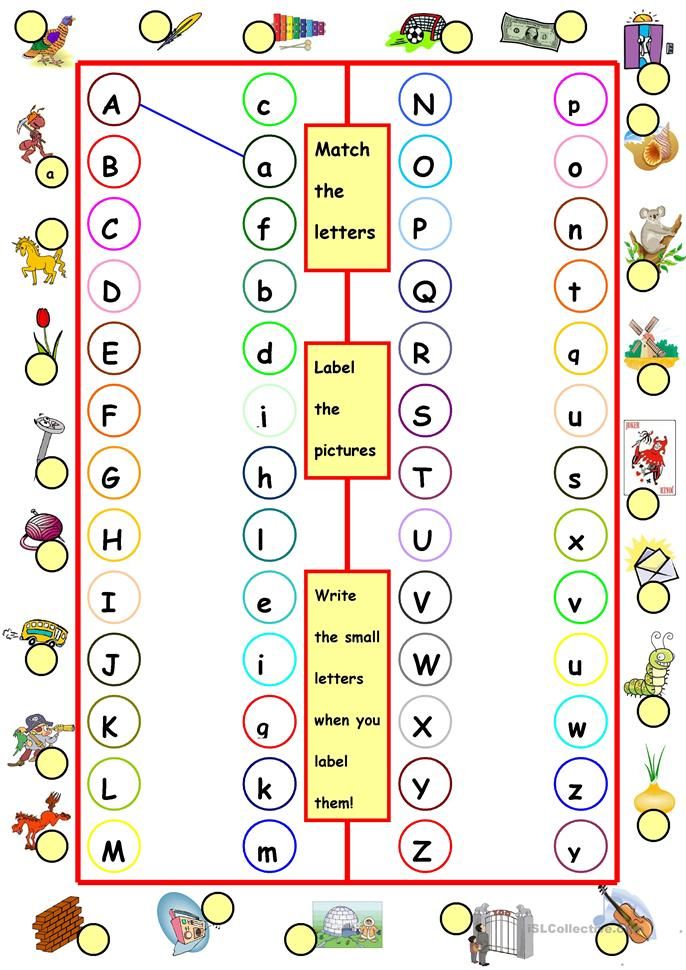
Without lyrical digressions and long digressions into history. It is optimal if the letter fits on one sheet of paper or on one screen, maximum - on two.
One letter, one question.
It is not customary to mix topics in business letters. If this is a request for the supply of stationery, you do not need to write “at the same time” about what services the company provides. These are the subjects for two business letters.
Respectful tone.
Even if the sender is closely acquainted with the addressee, familiarity is unacceptable in business correspondence. In a business letter there is no place for “Seryoga”, “druzhochka”, “bro” - it is possible to address by name and patronymic, and in some cases just by name.
Use of forms.
Even e-mails, if they are sent on behalf of an organization, must be on letterhead with the sender's logo and details.
Letter in the language of the addressee.
For international correspondence, letters are written either in the language of the recipient or in English as the recognized language of international communication.
Profit and Loss Statement: Fundamentals
A tool for tracking company financial results.
Lesson Profit and loss statement: basics
A tool for tracking the company's financial results.
Lesson Profit and Loss Accounting Basics
How to get started online recruiting?
Two simple tools with which any entrepreneur can start attracting employees online.
Lesson How to start recruiting employees online?
Two simple tools with which any entrepreneur can start attracting employees online.
Lesson How to start recruiting employees online?
How to rehabilitate business
Where to go, in which order, which documents you need to prepare
Upo -Drinking Business
Where to contact, in what order, which documents need to prepare
REPAILITE BUSINESS
- 9000 9004
- Sender's details and the date the letter was prepared.
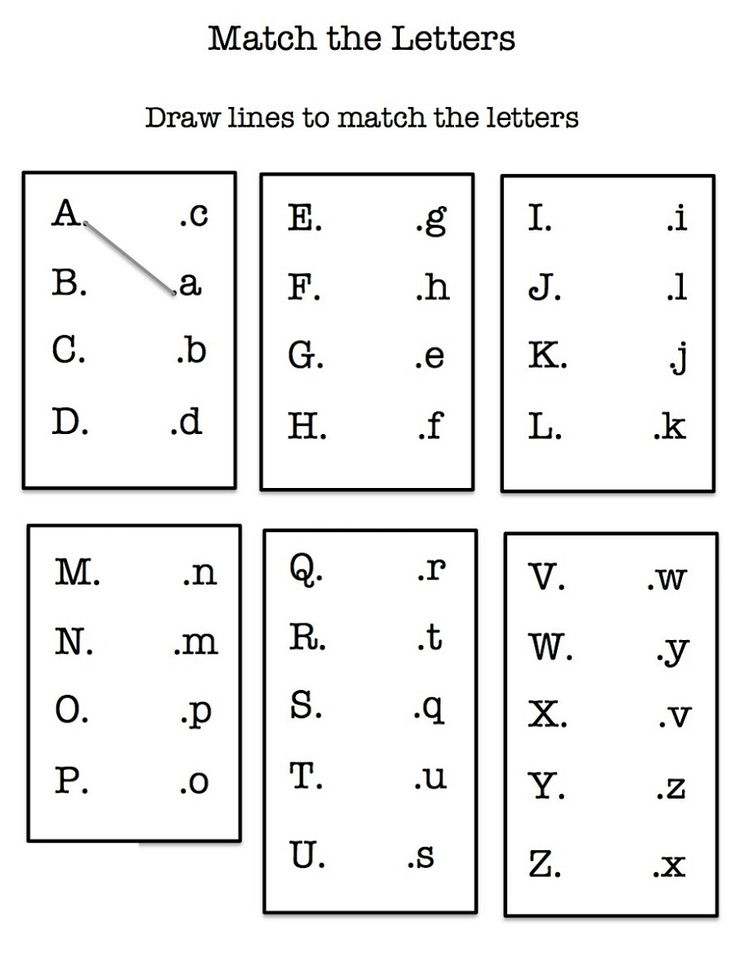
- Address of the recipient, indicating a specific correspondent (head of the marketing department) or department (for example, “to the sales department of the NaturStroy company”).
- Opening address: "Dear Andrey Anatolyevich", "Dear Colleagues".
- Main text in two parts. The first contains the reasons or purposes of the letter, the second contains conclusions, requests or suggestions.
- An indication of attachments to the letter, if any: “The current price list is attached”, “Calculation of investment efficiency - see Appendix”.
- Conclusion - "politeness formula". “With respect and willingness to cooperate…” is a dignified and common form. “Sincerely yours ...” is an option that is acceptable if the sender and addressee are well acquainted.
- Sender's signature and telephone number. The sender's postal address is not indicated when forwarding a letter by e-mail.
- Pay attention to the size.
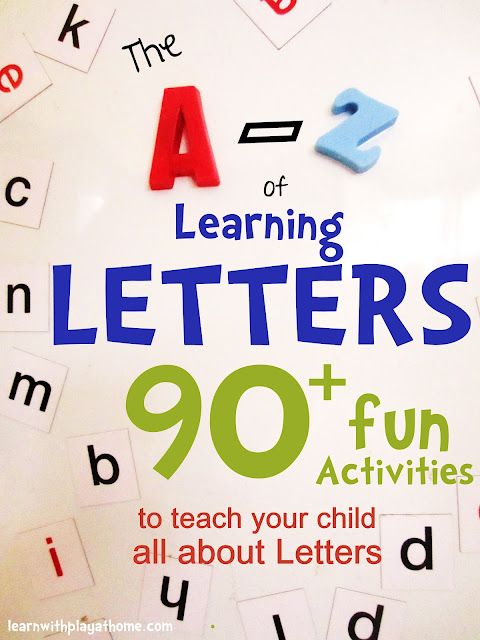 As indicated in GOSTs, when preparing a business letter, font size 12, 13 or 14 is used. As a rule, the 12th size is more common.
As indicated in GOSTs, when preparing a business letter, font size 12, 13 or 14 is used. As a rule, the 12th size is more common. - Choose simple. We do not recommend the use of frilly, specialized fonts or fonts for which a fee is charged. The most common font for business letters is Times New Roman. Using this font ensures that there are no problems with the encoding of letters when sent by e-mail.
- Take care of lightness. The text of the letter can be written with a line spacing of 1 or 1.5. Text written at 1.5 spacing is easier to read and this spacing is used more often.
- Think about the recipient's comfort. For comfortable reading, paragraphs are beaten off with an additional line spacing.
- Use the address correctly. When referring to a specific addressee, “You”, “You”, “You” in a business letter are written with a capital letter, when referring to a group of people (for example, sales department employees) - with a lowercase letter.
- Check your spelling. For example, using the free Advego.ru service. The service is easy to use; it will point out shortcomings and help to avoid blunders and typos.
- Do not use narrow, specialized terms. The recipient may not know their exact meaning and interpret it in their own way.
- Do not include long compound and complex sentences in a business letter. The writing style should be clear and sentences should be as concise as possible.
- Don't use "you" even if you know the recipient well.
- Don't get creative. Mysterious titles-quests in the style of “How our equipment tripled the profits of a construction company” or “Why market leaders choose company N products”, an abundance of epithets, exclamation points, leave for other genres.

Learn more
The structure of a business letter
As a rule, the structure of a modern business letter includes:
Nuances and subtleties
An example of a short business letter.
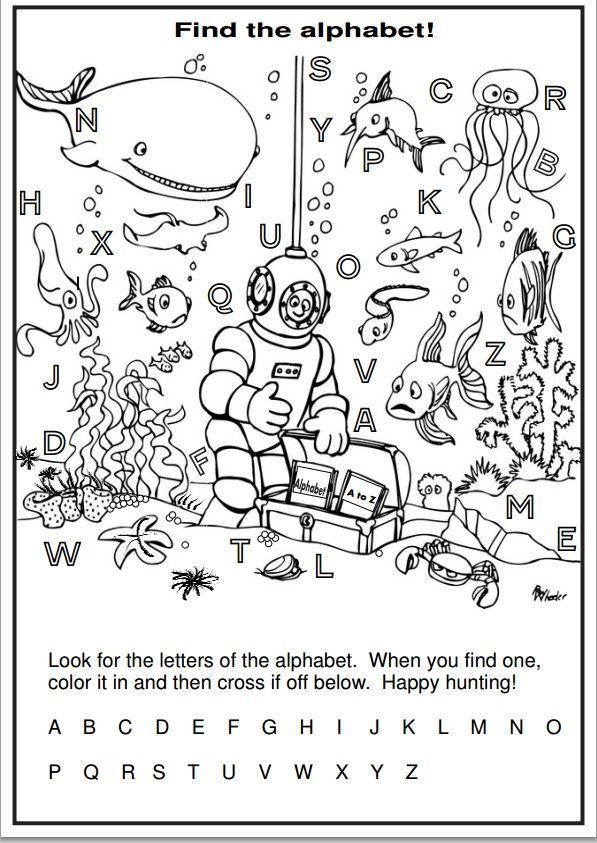
The service works very simply. The result should be like this.
Business writing mistakes to avoid

